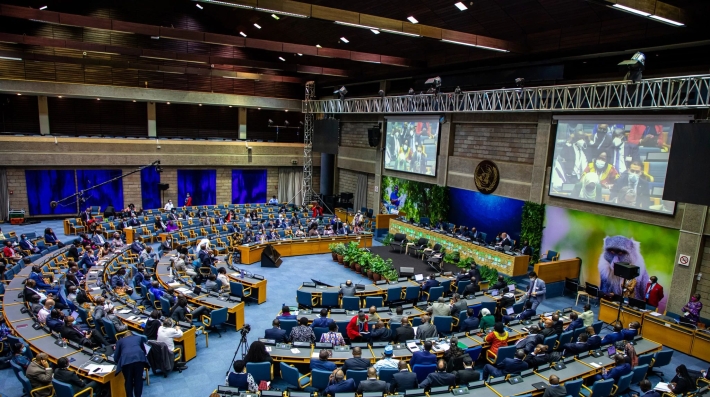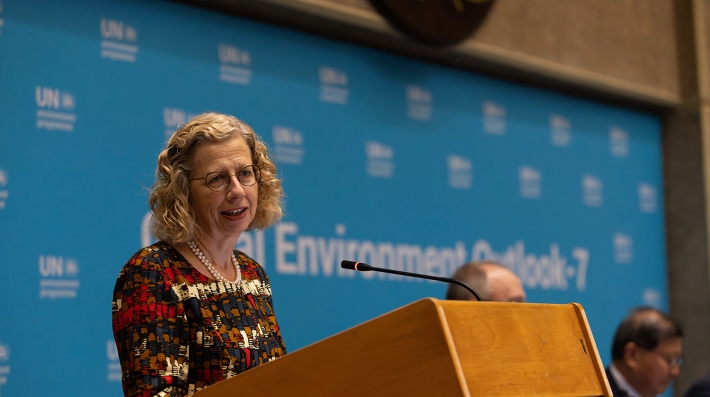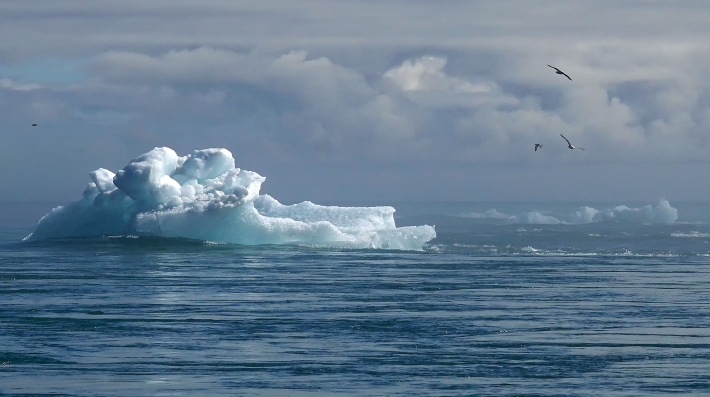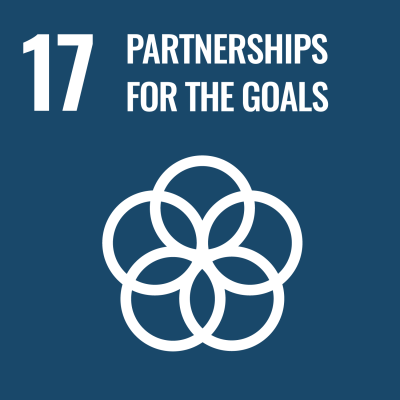After months of preparation and five days of official meetings, the sixth session of the United Nations Environment Assembly (UNEA-6) has come to a close.
In many ways, it was a landmark gathering of the world’s top decision-making body on the environment.
The Assembly, which ran from 26 February to 1 March, adopted 15 resolutions aimed at addressing some of the planet’s most-pressing environmental challenges, including climate change, air pollution and desertification.
But more than that, say those involved, it showed that despite deep geopolitical divisions, countries can still work together when it comes to the environment.
“This spirit of multilateralism – true, inclusive multilateralism – was evident throughout this vibrant Assembly,” said Inger Andersen, the Executive Director of the UN Environment Programme (UNEP).
Here is a closer look at the moments that defined UNEA-6.
1. Countries re-affirm commitment to tackling triple planetary crisis
On Friday, after five days of sometimes tense negotiations, countries adopted a Ministerial Declaration, in which they pledged to step up efforts to counter climate change, nature and biodiversity loss, and pollution and waste. Adopted in the waning hours of UNEA-6, the declaration said the decline of the natural world represents a serious threat to sustainable development and that international cooperation was crucial to creating what it called a “better tomorrow.”
2. Nations adopt broad set of resolutions
Following talks that stretched late into the night on UNEA’s penultimate day, nations adopted 15 resolutions targeting some of the planet’s most-pressing environmental challenges. Those included a call for the sustainable mining of so-called energy transition minerals, which are crucial components in electric vehicles’ batteries, wind turbines and other renewable energy technology.
Other resolutions urged nations to rein in pollution from chemicals and waste, combat desertification and land degradation, reduce air pollution, protect the ocean and seas, sustainably manage freshwater supplies and better protect the environment during times of conflict.
UNEA resolutions are considered a first step towards the formulation of global environmental treaties and national policies.
3. The celebration of multilateralism
For the first time, a UNEA dedicated an entire day to showcasing Multilateral Environmental Agreements, a series of international accords designed to safeguard the planet. These pacts, some of which date back five decades, have helped to protect endangered species, repair the ozone layer, and rein in chemical pollution, among other things. At UNEA-6, many of the discussions focused on how the various multilateral agreements can work more closely together, and how they can strengthen their ties with both UNEA and UNEP.
The day was described by some as a “family reunion.”
“With a diversity of perspectives, we find strength,” said UNEA-6 President Leila Benali. “Let us be guided by the spirit of multilateralism.”
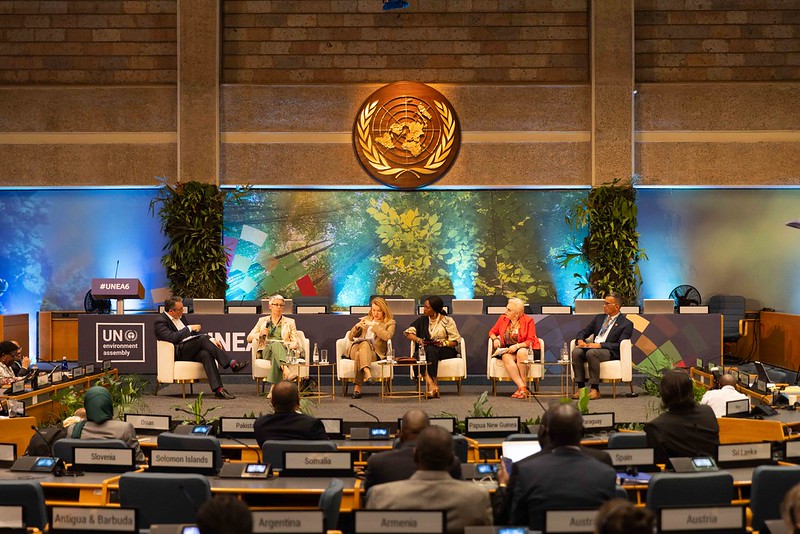
4. Scientific reports take centre stage
UNEP launched three headline reports during UNEA-6, providing policymakers with the science they need to make informed decisions on the environment.
The Global Waste Management Outlook found humanity must dramatically reduce the amount of rubbish that it produces if it wants the planet to remain “liveable.” The Global Resources Outlook revealed the world’s natural resources are being depleted at an alarming rate and called on countries to make sweeping policy changes to ensure humanity can live within its means.
Finally, the Used Heavy-Duty Vehicles and the Environment report focused on how countries can reduce the amount of greenhouse gases and other pollutants that spew from trucks and other large vehicles.
5. Youth take up the environmental mantle
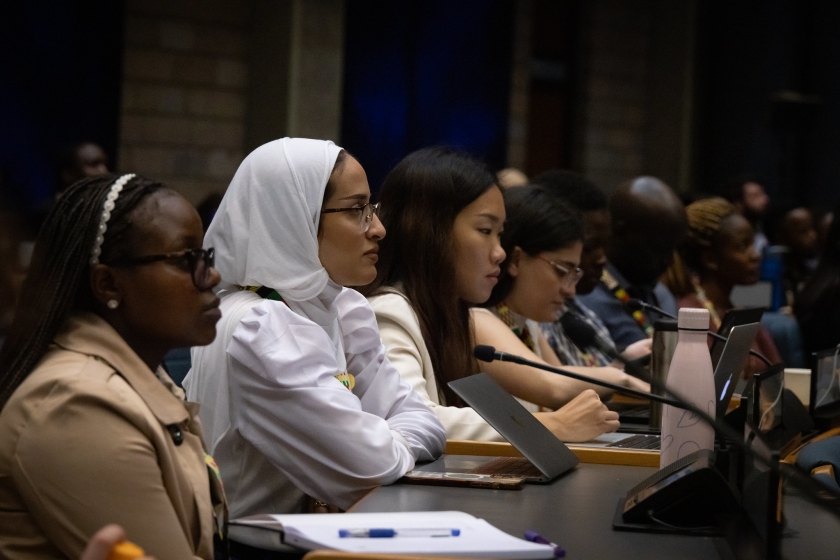
Young people played a prominent role at UNEA-6, with activist Grace Catapang from the Philippines memorably taking the stage with Andersen.
“In my short lifetime, I have witnessed firsthand the devastating injustices inflicted on the environment and communities,” she said, in a powerful speech. “Let us not forget that behind every statistic, behind every target… there is a human being.”
In mid-February, 450 young people from around the world gathered for the Youth Environment Assembly, where they weighed in on the resolutions set to be tabled at UNEA-6. They offered what Andersen described as a “clarion call,” saying nothing less than the most ambitious UNEA ever will be enough to forestall the rapid decline of the natural world.
6. The world acknowledges time is running short
One theme coursed throughout UNEA-6: the planet is at a tipping point and humanity must act urgently to address the triple planetary crisis.
That idea was reflected by everyone from youth activists to Heads of State and Government. Observers said that was an encouraging sign, but those words need to be translated into policies that protect and restore the planet.
“The world needs action, the world needs speed. The world needs real and lasting change,” said Andersen. “UNEA-6 has delivered an extra boost to help us deliver this change so that every person on this planet enjoys the right to a safe and healthy environment.”
The sixth session of the United Nations Environment Assembly (UNEA-6) was held from 26 February to 1 March 2024 at the UNEP headquarters in Nairobi, Kenya, under the theme: Effective, inclusive and sustainable multilateral actions to tackle climate change, biodiversity loss and pollution. Through its resolutions and calls to action, the Assembly provides leadership and catalyzes intergovernmental action on the environment.


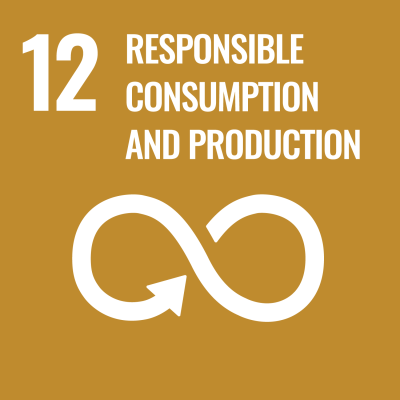
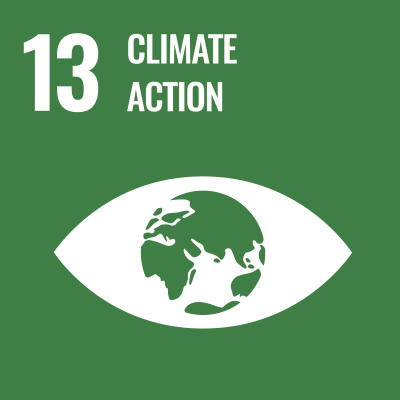
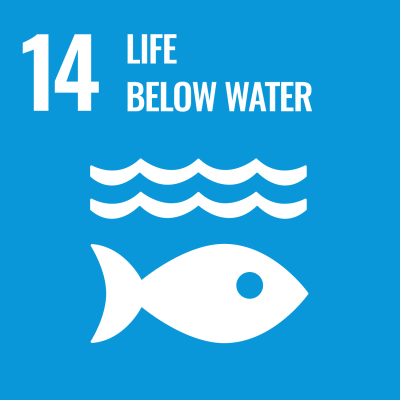
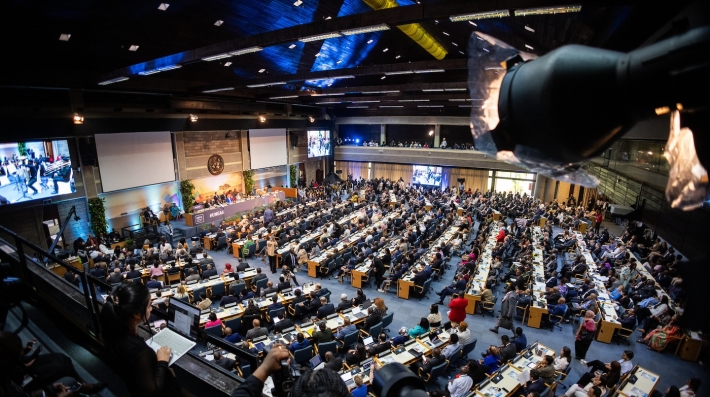
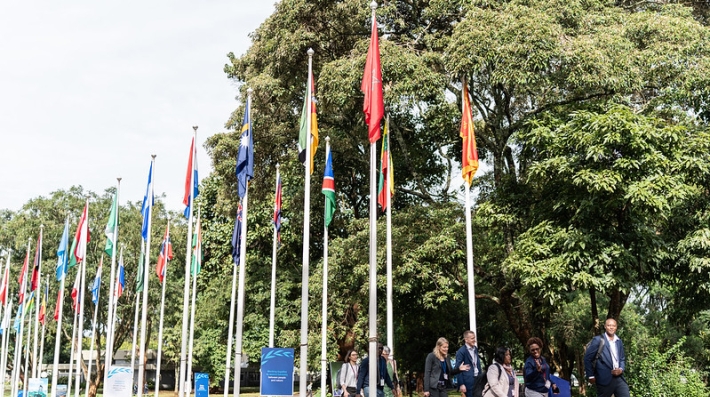
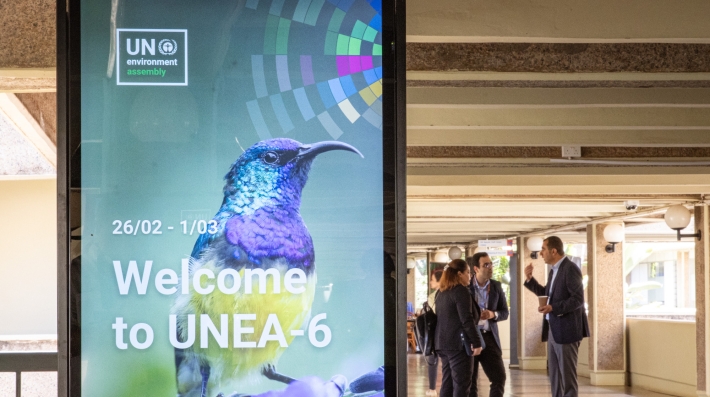
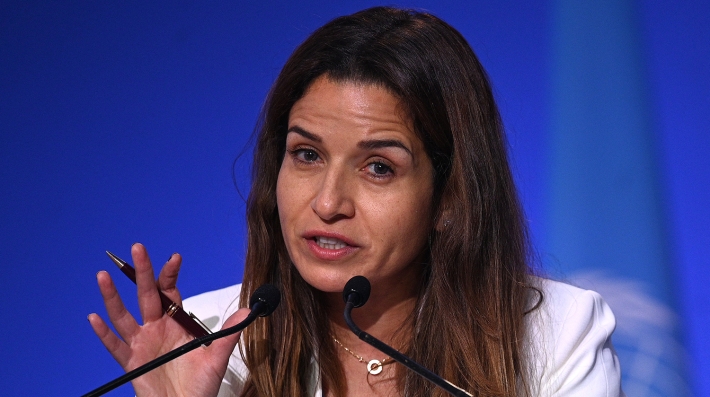
d0c2.jpg)
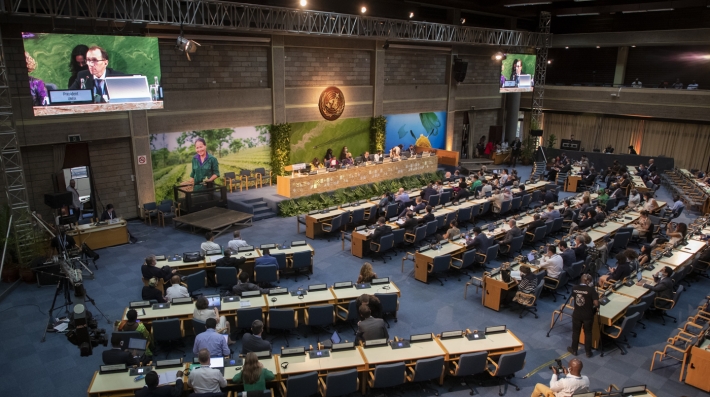


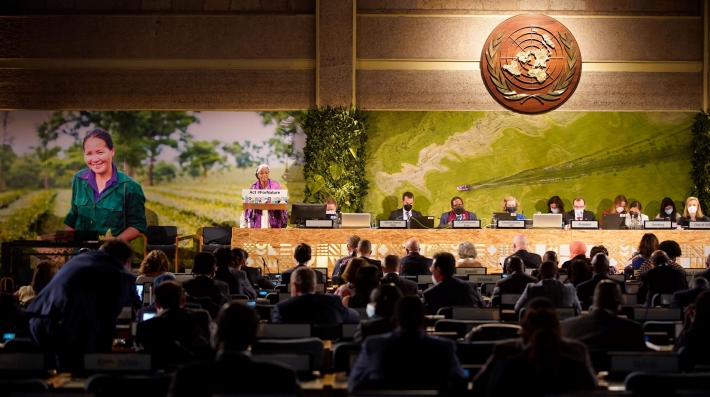



639b.jpg)
